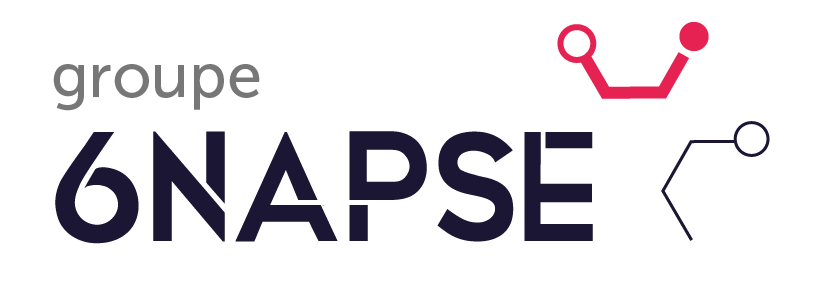Microplastics analysis and nanoplastics analysis

The 6NAPSE Group carries out research and analysis of microplastics and nanoplastics in products in laboratory.
What are microplastics ?
Microplastics are tiny particles of plastic (< 5 mm) dispersed in the environment. These may be fragments of plastic objects or plastic microbeads increasingly used by industry in cosmetics, paints, detergents, as well as in certain agricultural, medical or construction products.
The intensive use of plastics in daily life has led to the appearance of slowly degradable plastic materials. These enter our environment, our food chain and our waters. Furthermore, microplastics degrade into nanoplastics, invisible and still relatively unknown.
Therefore, regular checks on products and industrial environments may be necessary.
Laboratory for microplastics and nanoplastics analysis and research
The 6NAPSE Group laboratories carry out the identification and analysis of microplastics in products or in the environment. We analyze all types of plastics: polyethylene (PE), polypropylene (PP), polyvinyl chloride (PVC), polyethylene terephthalate (PET), etc.
Our analysis techniques make it possible to quickly detect and characterize the presence of microplastics on the surface of a material or in a solution according to the new European Committee Regulations.
The characterization and investigation of microplastics can be carried out through different analytical approaches.
Analysis methods
- Detection of microplastics by microscopy (SEM)
- Microplastic analysis: collection, sample preparation and detection
- Nanoplastics analysis: nanoscale analysis capability
- Analysis by spectroscopy: infrared spectroscopy and Raman spectroscopy
- Analysis by thermo-analysis: GC/MS pyrolysis
- Chemical analysis of glass microbeads
Regulation 2023/2055 relating to microplastics
ECHA defines a microplastic as a particle of size less than or equal to 5mm, containing a solid polymer to which additives or other substances may have been added. Regulation 2023/2055 prohibits the placing on the market of microplastic substances, as such or in a mixture, at a concentration greater than or equal to 0.01% by mass. For the cosmetics industry, cases of exemption provide clarification to this definition and allow the marketing of exempted substances.
The restriction also provides for cases of exemptions to authorize the placing on the market of ingredients defined as microplastics. This is also subject to reporting and labeling obligations.
This new regulation is expected to significantly impact the cosmetics industry, which will require significant adaptation by manufacturers. To enable companies to comply, different transition periods are planned depending on the types of products concerned:
- From October 17, 2023 for microbeads (use to exfoliate, polish or cleanse)
- From October 17, 2027 for rinsed products,
- From October 17, 2029 for leave-on products,
- From October 17, 2035 for makeup, lipsticks and varnishes
6NAPSE Group assets
- Complete validation plan (support for all tests of a standard)
- All controls, tests and analyzes in our laboratories are carried out in compliance with the quality criteria of our industrial customers.
- Short standard deadlines and emergency support options
Contact us to discuss your needs quickly and technically!
